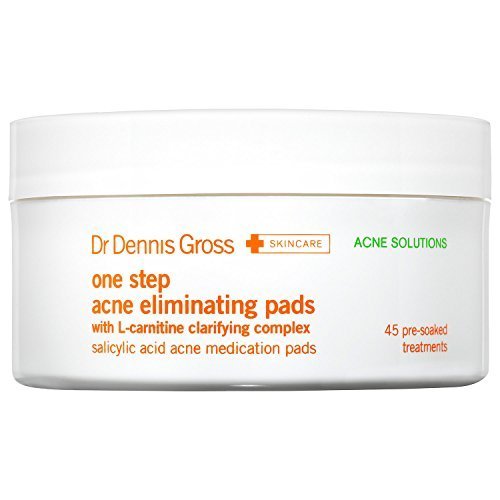Mimic Acne – Which Skin Conditions Are Like Acne?
It is important to know if your skin condition is acne or not. There are other skin conditions that mimic acne and you want to make sure that you know which you have so you can employ the right treatment.
The skin conditions that mimic acne are:
Rosacea
This skin condition is very similar to acne as depicted by pimples in the middle of the face with redness, flushing and even superficial blood vessels. This condition mainly affects those in their 30’s to 40’s, even older in some cases. There are times when telling Rosacea from acne is near impossible. There will not be whiteheaded pimples or blackheads when someone has Rosacea.
Pseudofolliculitis
This condition is caused by shaving as it is also called “razor bumps or razor rash” As the razor blade slides across the skin cutting the hair close to the skin, curly hairs bend under the skin and cause pimples. Since this condition is not cause by bacteria thus making it a mechanical problem this calls for shaving less and looking for alternative ways to trimming facial and neck hair. People with acne can also have Pseudofolliculitis.
Folliculitis
Pimples occur not only on the face but on your chest, back, legs, even the buttocks. These are inflamed follicles and are not signs of acne. To solve this skin condition “if the inflamed follicles do not go away on their own” see a dermatologist where antibiotics can be prescribed, usually different antibiotics than prescribed for acne.
Gram-Negative Folliculitis
This condition is found within those patients who have been on antibiotics for long periods of time. What takes place is that pustules filled with bacteria have become resistant to the antibiotics used for treatment in the past. A dermatologist can run a culture test and figure out which antibiotics will kill these resistant germs.
Pyoderma Faciale
This skin disorder is also called rosacea fulmimians. This is acute with onset and usually affects younger to middle aged women with or without prior skin disorders. The depiction for this condition is large erythemayous papules and pustules with nodules. Comedones (blackheads) are absent. The tranquil skin is uninvolved and there are no systemic symptoms.
Condition Treatment: A dermatologist will start you on a systemic corticosteroid regimen for a month before taking the next step which is using Isotretinoin. The average dose is between 120-150mg/kg. When beginning the use of Isotretinoin, the continuous use of corticosteroids should be slowly tapered as you continue through the course of treatment.
Pityrosporum Folliculitis (Malassezia Folliculitis)
Traditionally found upon the chest and back also mimics truncal vulgaris. Inflamed pustules are present as there are no comedones or nodules present, however the lesions may give a sensation to itch. Through KOH examinations; the presences of yeast and hyphal structures of Malassezzia furfur are found. To properly identify the contents of yeast in the follicle.
A dermatologist would suggest a topical treatment with the use of selenium sulfide and or azole agents could be affective as well. In such a case whereas the topical regiment fails, a systemic itraconazole or ketoconazole could be used.
Demodex Folliculitis
With this skin condition, mites are present in an average skin biopsy and could cause an inflammatory reaction with folliculitis in some cases. This is a skin situation that the elderly in particular have to content with unlike acne vulgaris. You will find follicular papules and pustules around the face close to the hair line as they may be itchy. Comedones (blackheads) will not be present.
You now realize the importance of confirming a skin condition because there are multiple skin conditions that mimic acne. It is important to know so the proper treatment can be followed.
Mimic Acne – Which Skin Conditions Are Like Acne? by Bill Wynne



